
 |
|
May 2018 News from No BoundariesSpring Meeting in Seattle | New No Boundaries Website | Welcome New Member Colorado DOT Around the Maintenance World Meetings and Events | Training Opportunities | Research |
The No Boundaries Roadway Maintenance Practices pooled fund project, #TPF-5(330), facilitates the implementation of proven, ready-to-deploy maintenance innovations. |
| Welcome! This newsletter from the national No Boundaries consortium features the latest updates on the group's activities and compiles recent research, state practices, and training opportunities related to non-winter roadway maintenance from around the country. |
News from No Boundaries |
| No Boundaries members and invited guests met in Seattle, Washington, from April 10 to 12 to learn about maintenance management innovations.
The meeting also featured maintenance-related technical tours:
High-resolution images are available on No Boundaries' Flickr page. |
|
|
|
|
| We invite you to visit No Boundaries at our new home online: maintainroads.org. |
|
|
| Welcome Colorado DOT This spring Colorado Department of Transportation became a member of No Boundaries, bringing the total number of member agencies to 19. |
|
|
 |
Meetings and Events |
| Date | Meeting / Event | Location |
| June 11-14 | 2018 Annual International Bridge Conference | National Harbor, Maryland |
| June 19-21 | 2018 International Society for Asphalt Pavements (ISAP) Conference | Fortaleza, Brazil |
| July 9-13 | 9th International Conference on Bridge Maintenance, Safety and Management | Melbourne, Australia |
| July 14-17 | 12th TRB National Conference on Transportation Asset Management | San Diego, California |
| July 21-26 | 2018 AASHTO Committee on Maintenance Annual Meeting | Charlotte, North Carolina |
| August 26-29 | APWA Public Works Expo (PWX) | Kansas City, Missouri |
| September 11-13 | 2018 National Roadside Vegetation Management Association (NRVMA) Annual Meeting | Chattanooga, Tennessee |
| November 6-8 | 2018 Midwestern Pavement Preservation Conference | Madison, Wisconsin |
| November 15-16 | 2018 Pavements/Materials Conference | Tempe, Arizona |
| January 13-17, 2019 | 2019 Transportation Research Board (TRB) Annual Meeting | Washington, D.C. |
Training Opportunities |
| Upcoming TRB Webinar
|
|
|
|
|
| Recordings of Past TRB Webinars Available Missed a recent TRB webinar? Recordings of most webinars are available by request from TRB (some organizations may pay a fee), and presentation slides are often posted online after the webinar concludes. Find maintenance-related webinars on TRB's website, and contact TRB's Reggie Gillum to request a recording. |
|
|
|
|
| Upcoming American Society of Civil Engineers Seminars and Webinars ASCE seminars and webinars are available at reduced prices for ASCE members.
|
|
|
|
|
Asset Management Research |
| A Remote Sensing and GIS-Enabled Highway Asset Management System, Phase 2 Researchers validated the performance of an automatic asphalt pavement crack classification algorithm that uses data collected from commercial remote sensing (GIS/GPS) and spatial information technologies (such as lidar). The results showed that the algorithm could improve the productivity and efficiency of collecting pavement distress information. Report. |
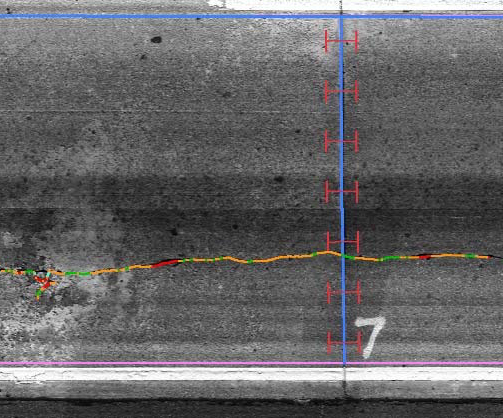 |
|
|
|
| Compendium of Best Practices in Road Asset Management This compendium presents best practices for the introduction and development of road asset management based on a desk review of the experiences in the 11 member countries of the CAREC Program. It aims to optimize economic benefits by minimizing maintenance and road user costs. Report. |
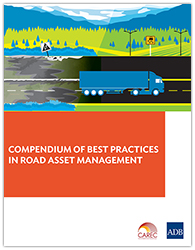 |
|
|
|
Bridge Repair and Rehabilitation Research |
| Best Practices for Construction and Repair of Bridge Approaches and Departures Researchers investigated root causes of asphalt pavement distresses like alligator cracking and rutting on Florida bridge approaches and departures. Pavement rehabilitation strategies and guidelines developed from these findings will help minimize pavement distresses and improve ride quality and safety. Report. |
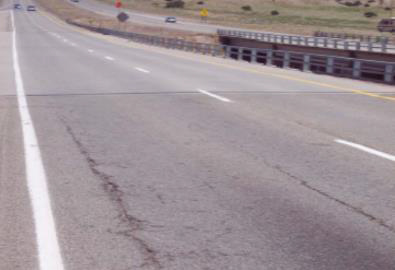 |
|
|
|
| Longer Lasting Bridge Deck Overlays An analysis of the most effective methods for bridge deck overlay construction and repair included a review of current practices, new technologies, state standards and other relevant data. The study found that the two most important factors for successful projects are using a comprehensive approach when selecting a bridge deck rehabilitation method and following instructions closely when installing overlays or waterproofing membrane systems. Report. |
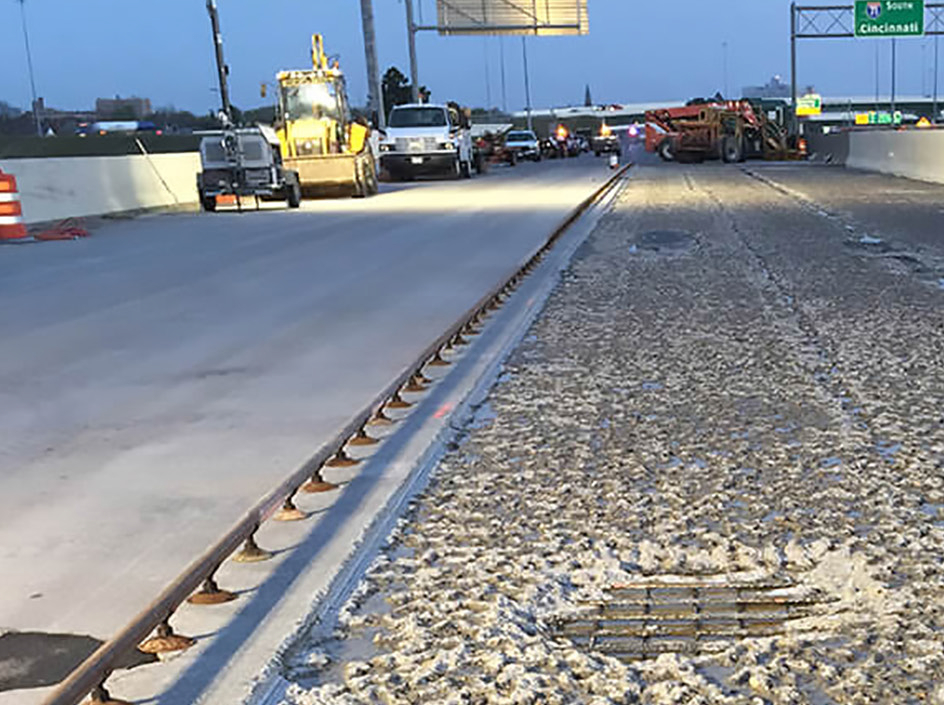 |
|
|
|
| Eyes in the Sky: Bridge Inspections with Unmanned Aerial Vehicles Researchers evaluated the performance of unmanned aircraft systems (UAS) in bridge inspections to determine whether they are cost-effective and useful to transportation agencies. A cost-benefit analysis on the use of UAS in selected bridge and tower inspections showed a cost savings of approximately $10,000 per bridge inspection. Report. |
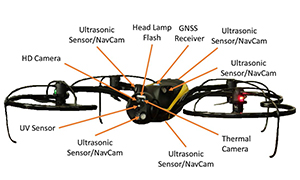 |
|
|
|
Drainage Systems Maintenance Research |
| Enhanced Roadside Drainage System for Environmentally Sensitive Areas Toxic pollutants commonly found in roadway storm water runoff are recognized as a leading cause of water quality impairment in watersheds. This paper presents a design methodology for enhanced roadside drainage systems that can be used to manage runoff in environmentally sensitive areas. Paper. |
 |
|
|
|
Gravel Roads Research |
| A Digital Image Analysis of Gravel Aggregate Using CT Scanning Technique Particle shape is an important factor that affects the properties of gravel aggregate. In this study, researchers used three-dimensional digital image processing technology to better characterize the shape of aggregates. Paper. |
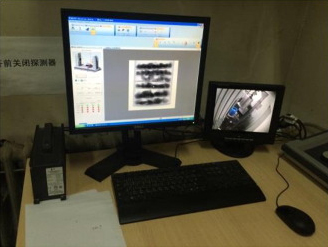 |
|
|
|
| Feasibility of Granular Road and Shoulder Recycling This study examined cost-effective methods of recycling existing degraded granular surface materials by mixing them with fresh aggregates. Researchers conducted laboratory and field tests to develop a method for determining optimum gradations and plasticity of granular surface materials to maximize performance and durability. Report. |
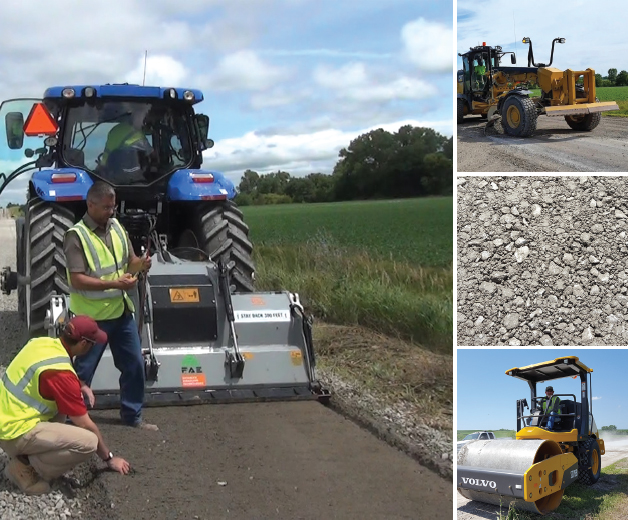 |
|
|
|
Pavement Maintenance Research |
| Effectiveness of Maintenance Activities on Pavement Conditions Researchers in Australia examined the impact of pavement maintenance and preservation activities (periodic maintenance and rehabilitation) on pavement condition and distress. The study included a comparison and analysis of observed deterioration rates, historically derived rates, and predicted deterioration. Project page. |
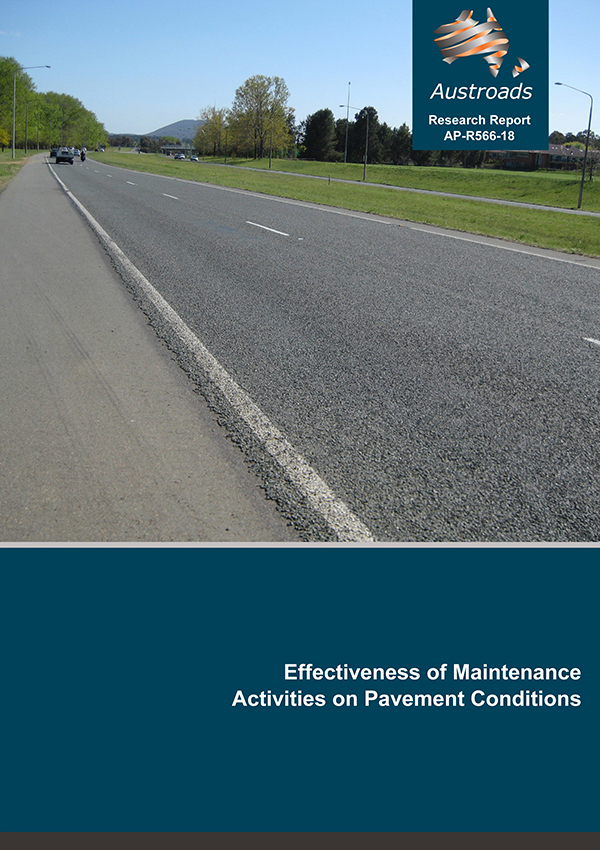 |
|
|
|
| A Project-Based Sustainability Rating Tool for Pavement Maintenance After reviewing nine sustainability rating tools for pavement, researchers developed a new sustainability rating tool for pavement maintenance that can be used to evaluate individual projects and raise public awareness about the importance of pavement maintenance. Article. |
|
|
|
|
Performance Measurement Research |
| Guidelines for Informing Decisionmaking to Affect Pavement Performance Measures Based on a previous study that validated FHWA's proposed pavement performance measures for assessing pavement conditions, researchers developed guidelines for making decisions that affect pavement performance measures. The new guidelines provide strategies transportation agencies can use to improve overall pavement conditions from poor to fair to good. Report. |
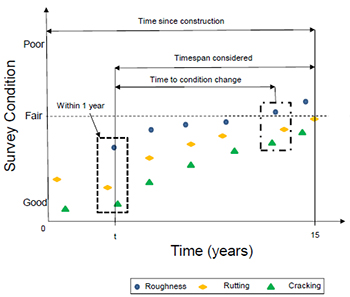 |
|
|
|
| State Transportation Planning: Linking Quantifiable Performance Measures and Infrastructure Condition Outcomes Researchers examined whether state DOTs with quantifiable performance and pavement condition targets have better road repair and maintenance performance outcomes than DOTs without targets. Results suggested that quantifiable performance targets may be a useful tool for decision-making, planning, and resource allocation in pursuit of desired performance outcomes. Abstract. |
|
|
|
|
Roadside and Vegetation Maintenance Research |
| Passive Roadside Restoration Reduces Management Costs and Fosters Native Habitat This study tracked growth changes of native plants along roadsides after reduced mowing, focusing on whether reducing mowing allows invasive plants to proliferate. Based on evidence that showed reduced mowing did not lead to an increase in invasive plant cover, researchers recommended the implementation of passive roadside restoration when possible to foster habitat heterogeneity and to lower management costs. Abstract. |
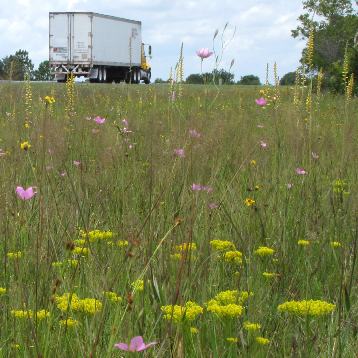 |
|
|
|
| Survey of Key Monarch Habitat Areas Along Roadways in Central and North Florida Milkweed plant population is important in supporting monarch butterfly breeding sites. In recent years, scientists have documented a decrease in the number of pollinators, including monarchs. In this study, researchers examined large sections of Florida roadsides to identify where habitat could be expanded. They also made recommendations to help maximize productivity of milkweed and other plant populations for monarch and pollinator conservation. Report. |
 |
|
|
|
Subscribe to this newsletter |